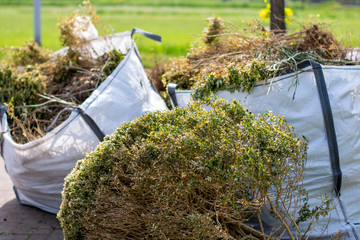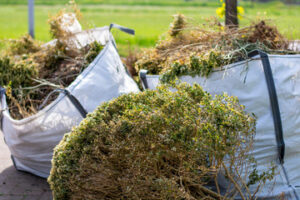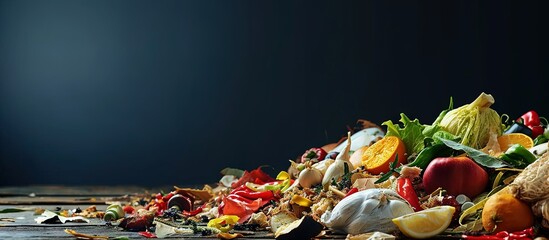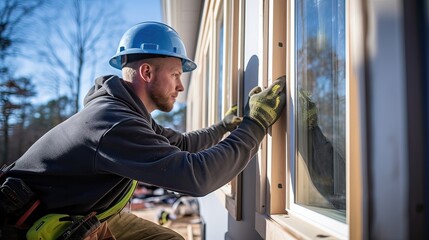Madison Choral Project was founded by Daniel Hughes in 1996 and has since been lauded by the San Jose Mercury News as “a Bay Area jewel.” The choir’s performances bridge the gap between text and music, singer and audience.
VOICE is based on the sentiment that choirs and singing defy borders, walls and distance, unite cultures and blend voices. It has brought together renowned music pedagogues, professors of teacher training institutions and conductors.

The Choral Project is a professional choir that seeks to connect people to one another through choral theatre, education and musical excellence. Founded in 1996, it is known for presenting and preserving great works of choral literature while bridging the gap between text and music, and singer and spectator. The ensemble is equally committed to showcasing innovative and dramatically presented new work.
In addition to a comprehensive performing schedule, the Choral Project is involved in community outreach through a choral mentorship program and joint performances with local high school choirs. The ensemble has also commissioned and premiered works by contemporary composers such as Nico Muhly, Stephen Schwartz and Dale Trumbore. The Choral Project has recorded on the Clarion label and their albums include The Cycle of Life, Of Christmastide, Water & Light, Americana, Winter, One is the All, Tell the World, and Yuletide.
Aside from the group’s regular concerts, the Choral Project has a long history of collaboration and special projects with other organizations both in the Bay Area and across the country. The ensemble has appeared at many national and international events, including a performance at Washington D.C.’s National Cathedral, a live broadcast on Mexican national radio, and competing at the 58th annual International Eisteddfod in Llangollen, Wales, where they received second place in the mixed choir division.
As a part of its mission, the Choral Project strives to be a model for the future of professional choral singing in the United States. While there are many a cappella groups that operate on a semi-professional basis, few employ a full-time artistic director and rehearse their singers under a weekly schedule year-round. The Choral Project is committed to adopting this “project” model in order to offer its members a near-professional experience during their time at Pacific University.
The members of the Choral Project are a talented group of college students, who not only take a wide variety of classes, but are all highly involved in their own personal and professional lives. They often hold jobs outside the classroom, participate in campus organizations, and volunteer for a myriad of other activities. The Choral Project is a unique opportunity for these students to learn to lead and manage a group of their peers while developing the skills necessary to teach others.
The mission of Choral Project is to transform and heal the world through choral theater, education and musical excellence. The CP board of directors also supports the arts community through annual Alfred Nash Patterson Grants, which are awarded based on a rigorous application process that includes an in-depth review of applying choruses by a distinguished committee of artistic advisors.
In addition, the 501(c)3 organization supports choral excellence through outreach activities including a choral mentorship program, joint performances with visiting choirs and an annual Choral Composition Contest for high school and college students. The group is known for its dazzling performances and diverse repertoire. Their acclaimed recordings include Cycle of Life, Of Christmastide, Americana, Water & Light (which was #1 on the Clarion label), Winter, One is the All and Tell the World.
Choral Project members are also passionate about bringing the joy of music to people of all ages and backgrounds. The group’s educational programs encourage young women of richly diverse socio-ethnic backgrounds to find their voices in a supportive environment that builds self-esteem, confidence, and teamwork skills while developing an appreciation of world cultures and the power of music to bring people together.
As a nonprofit, Choral Project relies on the support of its volunteer corps to help usher at concerts and assist with fundraisers. We are grateful to our volunteers for the time and effort they put into this important work. We also rely on the financial support of individuals and organizations, including Choral Project members. To learn how you can support the organization, please visit our donation page.
For many years, Choral Project was the only professional choral ensemble in the state of Wisconsin. Its founder, Dr. Albert Pinsonneault, believed that the musical excellence of the choral art was not just something to be enjoyed by a small group of fans; that it had a profoundly positive effect on the lives of its members, and could therefore have a significant impact on the community as well.
The organization continues to operate in this vein. Our membership is diverse in terms of both race and gender, and represents a broad cross section of the community. Our goal is to provide our members with a professional experience and an opportunity for personal growth.
We perform a range of both traditional and contemporary repertoire, including the works of Bach, Debussy, Brahms, Mendelssohn, Holst, and Mozart as well as pieces by renowned composers such as Stephen Schwartz, Nico Muhly, Brent Heisinger, Joshua Shank, Michael Ostrzyga, and Eric Whitacre. In addition, our performances of newer music have been well received, including a world premiere by composer Brian Holmes. We have also had the honor of performing in some of the finest halls in the world, including Washington’s National Cathedral, San Francisco’s Mission Dolores Basilica, and multiple venues during our first international tour to Mexico and Costa Rica, where we were broadcast on Mexican National Radio.
Our recent productions include ICONS/IDOLS, a choral play for a dozen women that tells the story of Irene, Empress Regent and iconographer, in her struggle to establish her rule against the ninth century Iconoclastic Wars. It is the first of a tetralogy, and was produced as part of New Ohio’s Ice Factory in 2016.
The Choral Project is a member of the American Choral Directors Association (ACDA), an organization dedicated to fostering and promoting choral singing through leadership, education, advocacy and fellowship. ACDA members are choral directors in public and private K-12 schools, community choruses, colleges and universities, and houses of worship. In addition to offering a variety of workshops and training opportunities, the organization provides a wide array of resources for its members and the broader choral music community, including the ChoralNet website, Choral Census, and International Choral Day.
It’s a well-established pattern that large orchestral sample companies, after dishing up their traditional four courses of strings, brass, woodwind and percussion, eventually get around to serving dessert in the form of a choir library. Spitfire Audio users have been banging their forks on the table demanding such a library for years, and finally got their wish in October of this year when the company released their new Whitacre Choir plugin.
A choir is a complex beast to capture in a virtual instrument, especially since the human voice is so dynamic and varied. Singers change their tone, tempo, dynamics, vibrato and even the way they connect notes to one another constantly. That’s why most choir samples invariably sound either synthetic and unnatural, or overly-emphatic, with vocal melisma (the artful connecting of a single syllable across multiple notes) being too often portrayed as ‘ooh’s and ‘aah’s’ strung together without any real articulation or rhythm.
However, it is possible to create a powerful choir that feels natural and organic, and that’s exactly what the new Choral Project plugin does. It offers a variety of patch styles, including quick 4-part compositions with legato patches painted with a broad brush stroke, and more intricate short note and long note ensembles. It also includes individual solos, acoustic harmony voices and a rich reverb section with controls over Expression, Dynamic, Vibrato, Round Robins, Tightness and Release Trigger.
The entire library is based on 22 singers — 6 sopranos, 5 altos, 5 tenors and 6 basses — recorded in the majestic acoustics of Lyndhurst Hall at Air Studios in London, and featuring over 170 unique techniques with 111 distinct evolutions. In keeping with the rest of the Spitfire Audio catalogue, the choir was captured with a range of microphone placements — close, decca tree, ambient, wide outriggers and mid stage — to give you a wide range of control over how the voices fit in your mix.
Choral Project has a mission that goes beyond simply recording and releasing a product that sounds good. It’s about bringing the power of music to people who need it most. The troubled teenager finds a sense of purpose through the pursuit of artistic beauty, the shy girl discovers a courage she never knew she had, and the tough guy sheds tears as he hears his favorite song played by a group of strangers.


 During the 1980s, when public awareness of environmental concerns was rising, many cities made efforts to increase recycling rates. Today, recycling is commonplace for most households and some businesses as well. Many municipalities even provide curbside recycling bins. The waste from these bins is typically sent to recycling facilities, where it is sorted and cleaned. This helps to ensure that only high-quality, reusable material ends up being recycled.
During the 1980s, when public awareness of environmental concerns was rising, many cities made efforts to increase recycling rates. Today, recycling is commonplace for most households and some businesses as well. Many municipalities even provide curbside recycling bins. The waste from these bins is typically sent to recycling facilities, where it is sorted and cleaned. This helps to ensure that only high-quality, reusable material ends up being recycled.
 Recycling
Recycling

